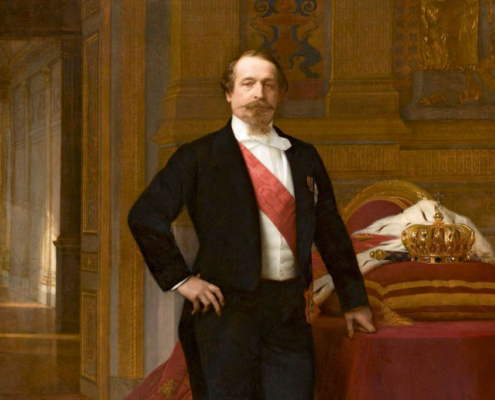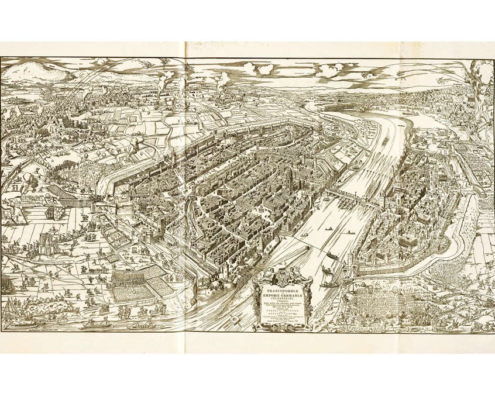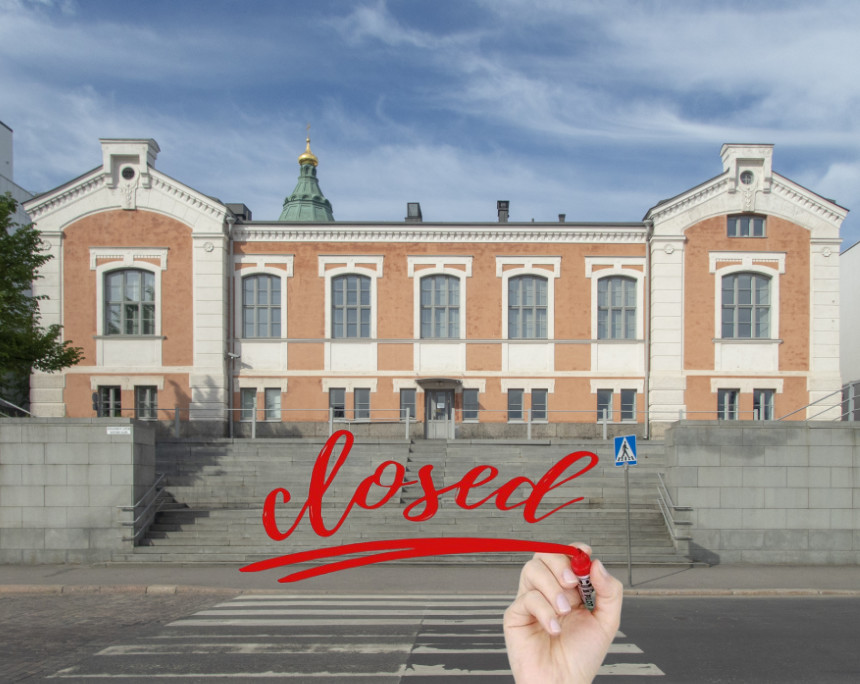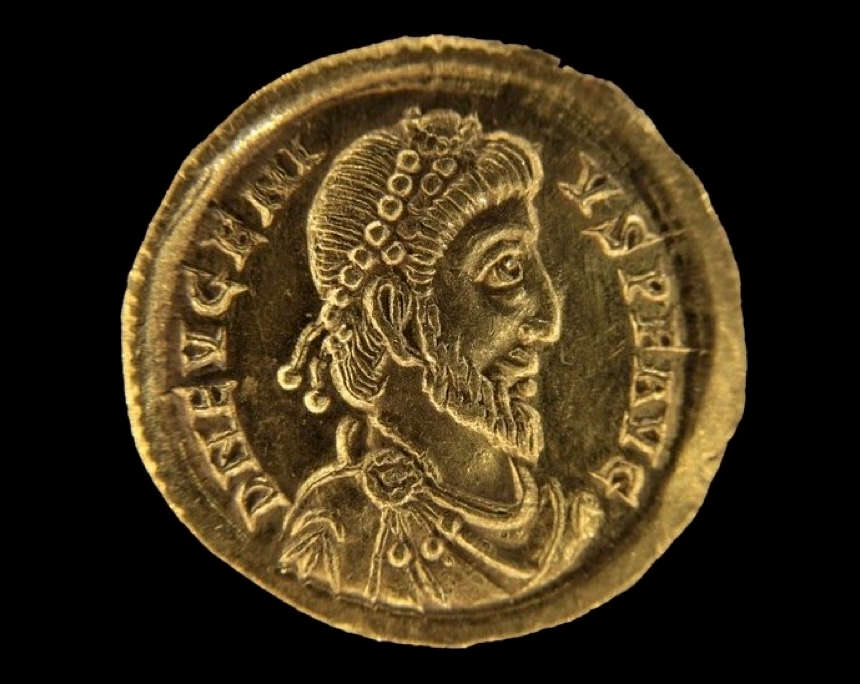1/2 Reichstaler 1621,
under Wilhelm V of Hesse-Kassel as administrator.
Condition: ef+


city of Besançon,
3 Pistols 1666 with title Charles V.
Condition: CH UNC

Bavaria, Chaise d'or (imperial shield)
1328-1347 under Emperor Louis IV.
Condition: ef

Reichstaler 1654-1668
under Count Guidobald von Thun.
Condition: vf-ef

Solidus (491-518)
under Anastasius the righteous.
Condition: vf-ef

Archive: People and Markets
The End of Mint of Finland
Mint of Finland will close its doors in the spring of 2025. The Board of Directors of Mint of Finland announced this decision on 28 August 2024. Ursula Kampmann sums up the situation.
Largest Hoard of Ancient Gold Coins Discovered in Luxembourg
At the end of 2019, two amateur archaeologists in Luxembourg made an impressive discovery that has now been made public: 141 exceptionally well-preserved solidi from the last third of the 4th century. It is the largest hoard of ancient gold coins ever discovered in the Grand Duchy.
Archive: Coins, Medals and more

French History in Coins – Part 3: A New Napoleon
Under Emperor Napoleon III, France experienced an economic upswing. The Paris cityscape was completely revamped, just as coin designs. The gold rush in the US thrust Europe’s silver money into a crisis. The answer came from France.

Two Cityscapes on Coins From Frankfurt am Main and The Artwork That Inspired Them
Many engravers used contemporary media to make their work easier. Their coin designs were often based on well-known engravings. This is illustrated by two pieces from the Loos Collection, which will be auctioned by Künker in September 2023.















INORCOAT: How to Make Minting More Sustainable
Are you annoyed by all the laws that make our lives more difficult but have no positive effect? Here’s an example of a law that actually makes sense: the planned ban on chromium (VI) electroplating is helping an innovative technology to make a breakthrough – and this development brings decisive advantages for the minting industry. Romain Waidelich of INORCOAT takes us behind the scenes.
Further Investigations into the Stolen Celtic Coin Hoard
Following police success in the case of the stolen Celtic gold hoard, the authorities have made additional details public. It appears that the perpetrators were professionals, but their professionalism was their undoing.